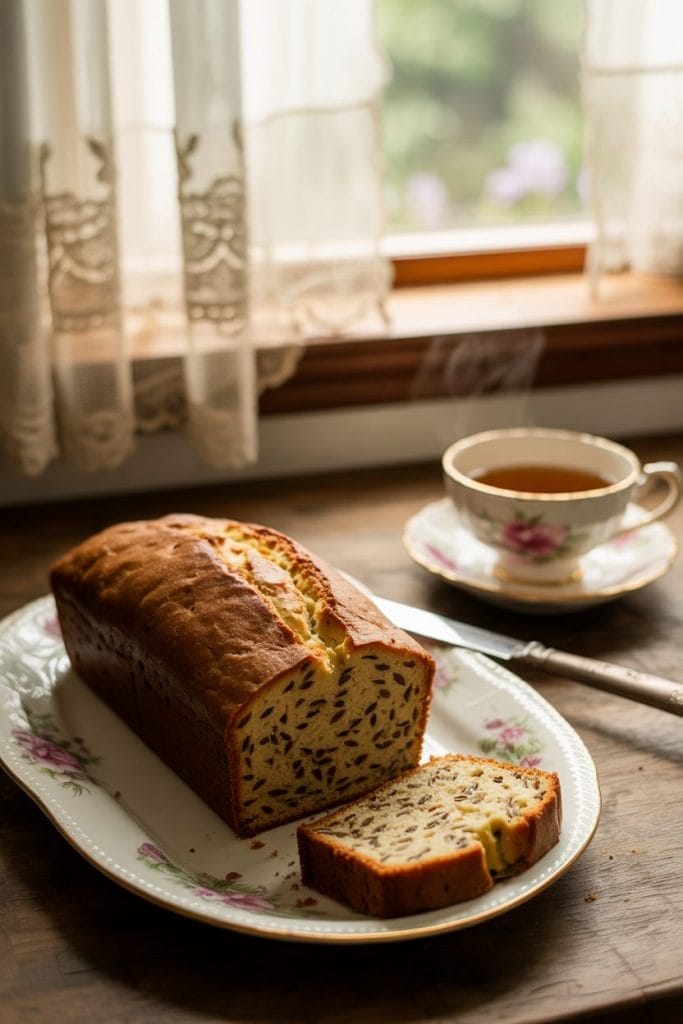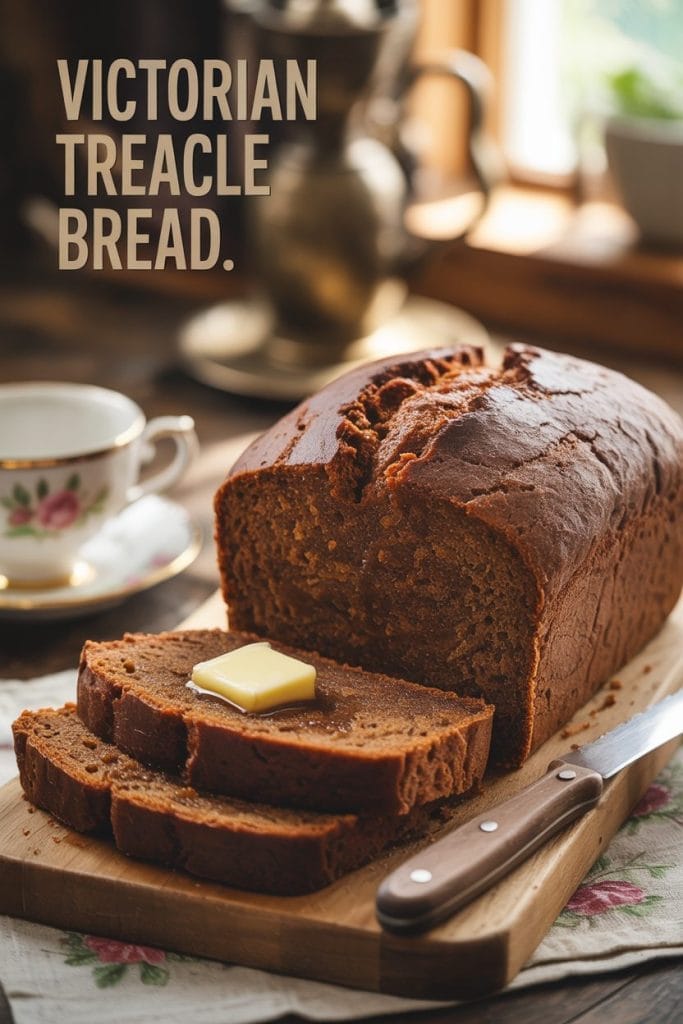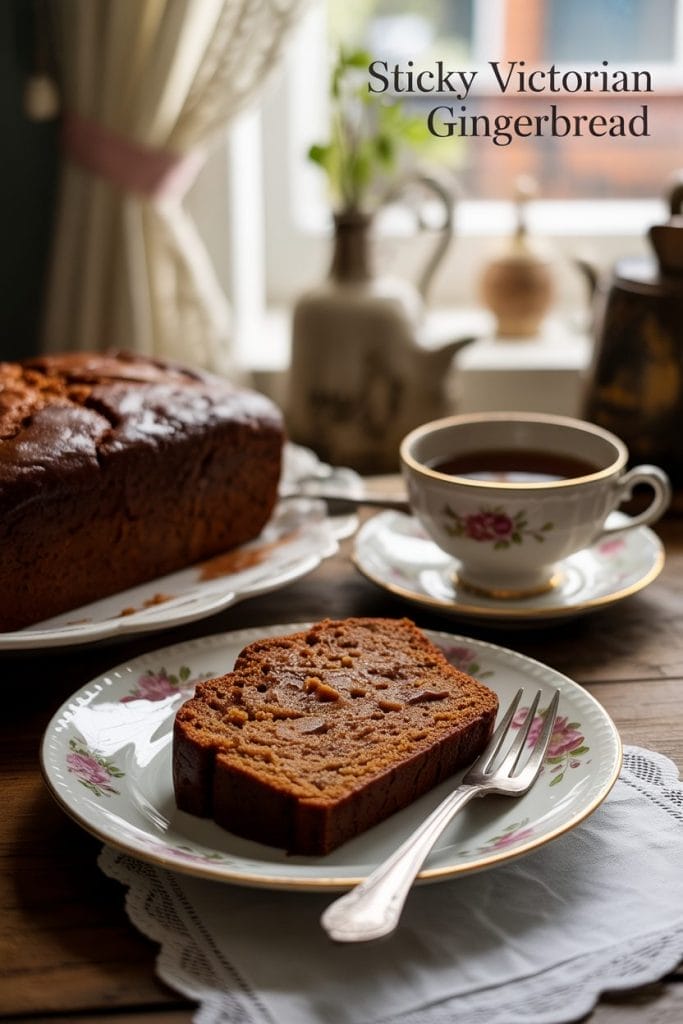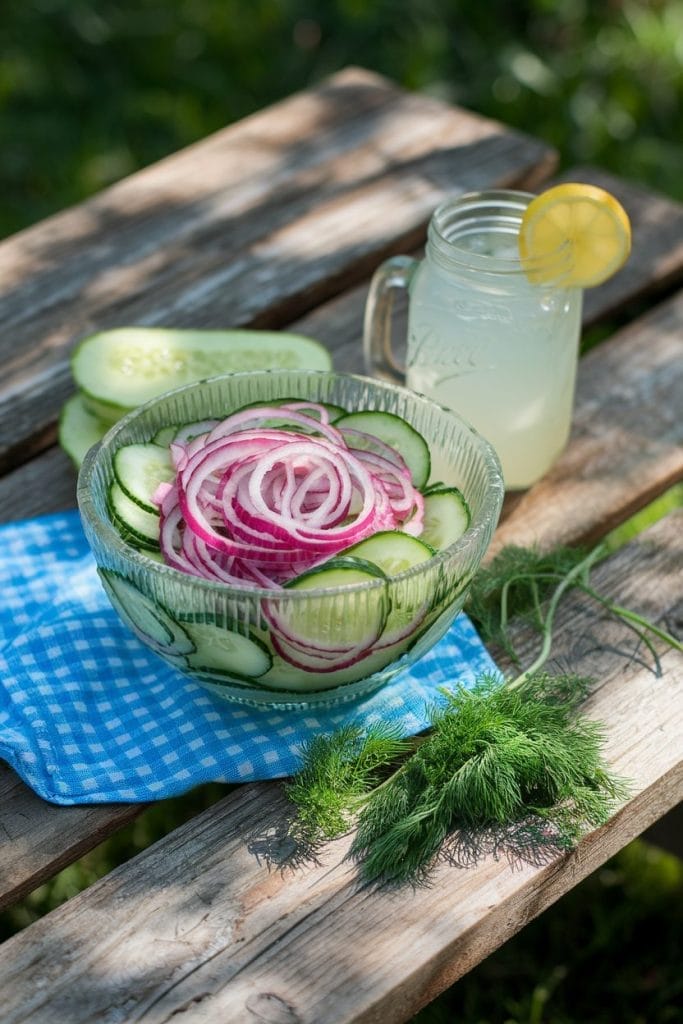I Made These FREE Vintage Recipe Tools JUST For You
This recipe was created with help from AI tools and carefully reviewed by a human. For more on how we use AI on this site, check out our Editorial Policy. Classic Fork earns a small commission from Amazon and other affiliate links at no extra cost to you, helping us keep our content free and honest.
5 18th Century Colonial Recipes That Taste Better Than Modern Meals
Time Period:
Meal Type:
Ever stared into your fridge, uninspired by yet another bland dinner option? Same. That’s exactly why I went digging through history—and what I found in 18th-century kitchens blew me away.
These colonial recipes don’t just hold up… they win.

What Would You Cook in Wartime?
Step back in time and discover what you could make with limited wartime rations
1. Sally Lunn Bread
Sally Lunn bread was a soft, rich yeast bread that looked like a cross between a bun and a cake. It’s thought to have come from Bath, England, where a woman named Sally Lunn sold these buttery breads in the late 1600s. Colonists brought it to America in the 1700s, where it became a favorite in Virginia kitchens.
This bread was often served warm with butter or jam, and sometimes toasted the next day. Its richness made it more of a treat than a daily staple. The recipe used eggs and cream, which weren’t cheap, so it was usually made for guests or Sunday meals.
You’d mostly find this in wealthier colonial homes, especially in the South, where English traditions held strong.

2. Pounded Cheese
Pounded cheese was an early version of cheese spread. Colonists would take aged cheese and mash it with butter, cream, mustard, wine, or spices. It was packed tightly into jars or pots and sealed with fat to keep it fresh.
This dish came from English and French influence. It was popular in taverns and homes alike. You’d find it in Virginia, Pennsylvania, and even New York—anywhere people had access to good cheese and needed to store food without refrigeration.
It was cheap to make and perfect for spreading on bread or eating with pickles or cold meats. People made it to stretch the life of their cheese and add flavor to plain bread.

3. Stewed Pumpkins
Before pumpkin pie became a thing, colonists were stewing pumpkins. Native Americans taught them how to cook this native squash. Stewed pumpkin was often mixed with butter, molasses, and spices. It was eaten as a side or even a full meal in lean times.
This dish was especially popular in New England, where pumpkins grew well. Stewed pumpkins were easy, cheap, and filling—perfect for cold winters and poor harvest years.
People cooked it in iron pots over open fires. It tasted sweet, soft, and earthy. Some even ate it for breakfast with bread or porridge.
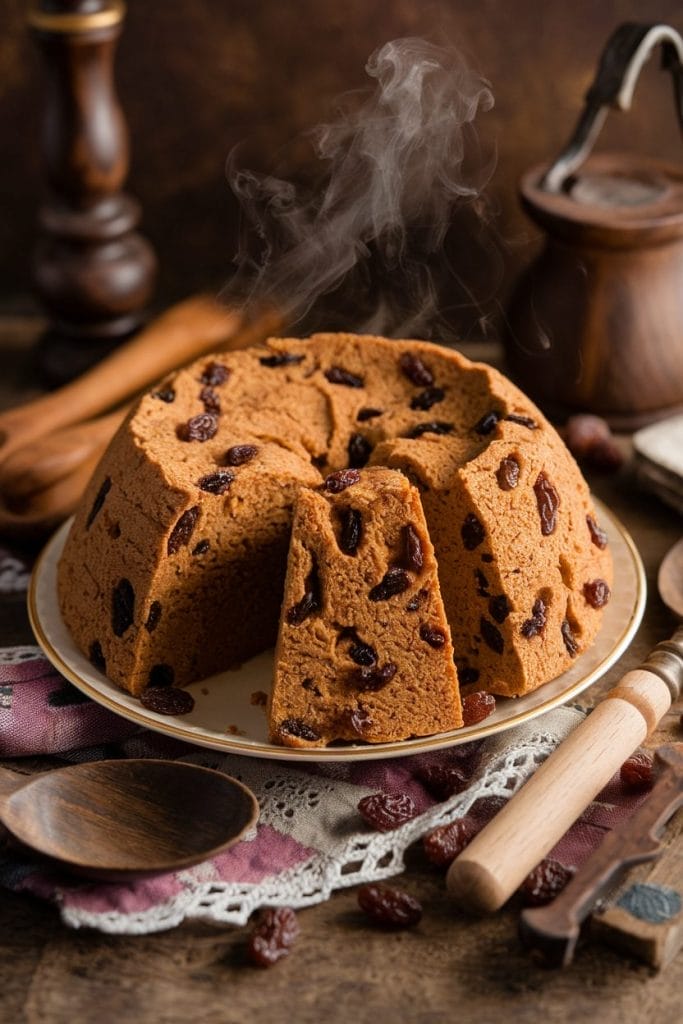
4. Suet Pudding
Suet pudding is a steamed or boiled dish made with flour, dried fruits, and beef fat (suet). It sounds odd today, but back then, it was a comfort food. The British loved it, and colonists did too—especially during holidays or after church.
This dish came straight from England and stuck around in American kitchens, especially in Massachusetts and Virginia. It was cheap but heavy and filling. People often flavored it with cloves, nutmeg, and molasses.
It could be sweet or savory. Some versions had meat, while others tasted like dessert. Either way, it kept you full and warm.

5. Boiled Peanuts
Yes, even back then, boiled peanuts were a thing—especially in the southern colonies. The recipe came from African traditions brought over by enslaved people. Green peanuts were boiled in salty water until soft. The result was a snack that was easy to make, carry, and share.
They were especially common in Georgia and the Carolinas. This was a food of the people—working folks, travelers, and families at markets or church gatherings.
Boiled peanuts were a way to enjoy fresh peanuts that wouldn’t last long otherwise. They were salty, soft, and perfect for passing time.

Maggie Hartwell
Hi there, I’m Maggie Hartwell, but you can call me Maggie—the apron-clad foodie behind Classic Fork! I created Classic Fork because I’m convinced food has a way of telling stories that words can’t. So, grab a fork and dig in. The past never tasted so good!

